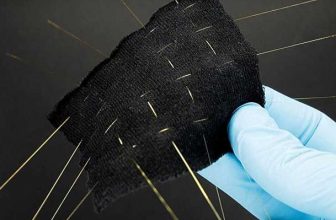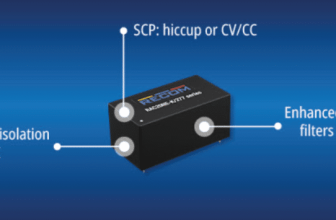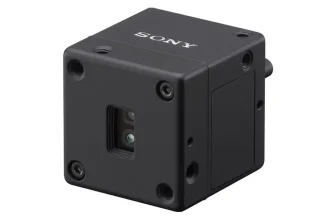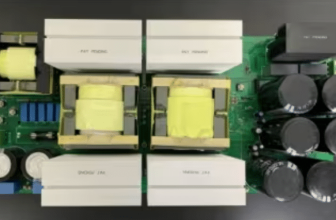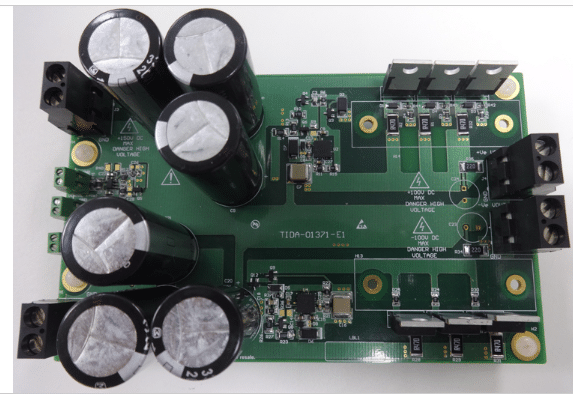
Check out our latest products
The design is also scalable in terms of output current, supporting 1-ms pulses with tested currents up to ±20 A, making it suitable for specialised imaging applications.
Medical ultrasound imaging is a widely used diagnostic technique that allows for the visualization of internal organs, including their size, structure, and blood flow. This imaging technique relies on a focal imaging method, which involves time shifting, scaling, and summing echo energy using an array of transducers to achieve high-resolution images. During the imaging process, a pulse is generated and transmitted from multiple transducer elements. Now converted into mechanical energy, this pulse propagates through the body as sound waves within a frequency range of 1 to 15 MHz. To drive high current into piezoelectric transducers, ultrasound transmitters require a stable and programmable DC power source during transmission.
This reference design, TIDA-01371 by Texas Instruments (TI) introduces a positive and negative linear regulator capable of providing output voltages ranging from ±2.5 V to ±100 V. The system’s programmability, which is controlled by a digital-to-analog converter (DAC), is achieved through external control voltages. A floating ground circuit is used to enhance the performance of these regulators. Including external power MOSFETs allows for scalability in current capacity, which is essential for specialised imaging modes such as shear wave imaging and elastography. Large input capacitors store and deliver significant energy for short pulses of approximately 1 ms, while maintaining a low average current draw from the power supply to accommodate high current demands from transducers.

This design offers several key features, including a floating and tracking regulator that replaces traditional noise filters with high-performance LDO regulators, achieving better than ±1.5% load regulation. It also employs an innovative current-sharing scheme that utilises Texas Instruments’ low RDS(ON) CSD series power MOSFETs and low-impedance driver circuits, improving transient response. The output voltage is programmable from ±2.5 V to ±100 V using DAC-generated control signals. Additionally, the independent positive and negative voltage power supplies provide flexibility for ultrasound transmit circuits.
This design applies to various fields, including medical ultrasound scanners, sonar imaging equipment, and nondestructive evaluation systems. Key components include the TPS7A47, a 36-V ultra-low noise (4-µVRMS) LDO linear regulator capable of sourcing a 1-A load for positive output voltage, and the TPS7A33, a -36-V ultra-low noise (16-µVRMS, 72-dB PSRR) LDO regulator capable of sinking a 1-A load for negative output voltage. The CSD19533KCS is a 100-V, 8.7-mΩ, TO-220 NexFET power MOSFET, ideal for pulsed current output applications like medical ultrasound, with a pulsed drain current limit of 207 A (at 25°C) for pulse durations ≤100 μs and a duty cycle ≤1%.
– Advertisement –
TI has tested this reference design. It comes with a bill of materials (BOM), schematics, assembly drawing, printed circuit board (PCB) layout, and more. The company’s website has additional data about the reference design. To read more about this reference design, click here.


![[5G & 2.4G] Indoor/Outdoor Security Camera for Home, Baby/Elder/Dog/Pet Camera with Phone App, Wi-Fi Camera w/Spotlight, Color Night Vision, 2-Way Audio, 24/7, SD/Cloud Storage, Work w/Alexa, 2Pack](https://m.media-amazon.com/images/I/71gzKbvCrrL._AC_SL1500_.jpg)



![[3 Pack] Sport Bands Compatible with Fitbit Charge 5 Bands Women Men, Adjustable Soft Silicone Charge 5 Wristband Strap for Fitbit Charge 5, Large](https://m.media-amazon.com/images/I/61Tqj4Sz2rL._AC_SL1500_.jpg)


